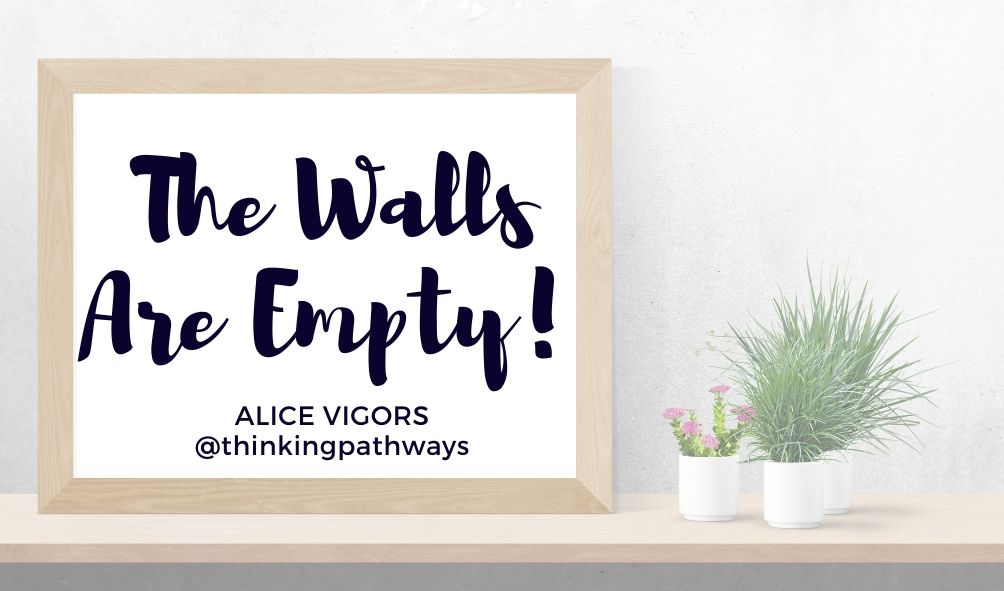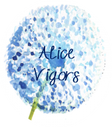|
WRITTEN BY ALICE VIGORS It is true that in early January I have not yet been in to school, and to be honest there are no real plans to either. I'm not worried that my classroom will have empty walls on day one. Quite the opposite in fact. You see, if I put something up on the walls within my classroom, I believe it must be
In my classroom, I don't have anything up on my walls that is not first discussed, used, created and adapted with my students. This is primarily because what is visible in our room must hold meaning and have purpose not just for me as the teacher but for the learners within this learning environment. I have found over the years that anything that doesn't follow this process is all but forgotten and becomes a static display that lacks purpose. As the weeks roll on and the term gets into full swing, the walls of my classroom begin to fill. They become filled with active displays of student thinking, of co-constructed anchor charts and of student learning. An active display is something that continues to be revised, adapted and developed beyond its initial posting on the wall. This highlights to students that our learning doesn't end when we 'publish' something for others to see or draw a conclusion. Learning is an ongoing process that continues to evolve and develop well beyond the finished 'product'.
As educators I think we need to be mindful of the kind of messages our learning environments send to the people that call this space home. What get's displayed in a classroom tells you a lot about what is VALUED in that learning space and by whom. Take a moment to think about your classroom last year. What message did it send to others about what is valued in this space? What messages do you want to send, promote and foster in 2020? STAY TUNED! VIDEOS OF OUR LEARNING ENVIRONMENT COMING SOON
2 Comments
Kelly
22/1/2022 11:08:23 am
Thank you. I could not have said this better myself! My classroom is considered 'bare' at the beginning of the each term, but fills will the awe and wonder of student learning throughout our learning together.
Reply
Jenny Baxter
30/1/2022 11:03:43 pm
Couldn't agree more. We have to ask ourselves 'What am I doing this for?' and more importantly, 'WHO am I doing it for?'
Reply
Leave a Reply. |
AuthorHi, I am Alice. I am a primary teacher and leader in New South Wales, Australia. I have been teaching for the past 14 years in both the Public and Catholic school systems. I am passionate about supporting and mentoring colleagues to think deeply about their efforts to cultivate thinking and learning opportunities for students. Read more Archives
August 2023
Categories
All
|
This website contains NSW syllabus content prepared by the NSW Education Standards Authority for and on behalf of the State of New South Wales which is protected by Crown copyright. https://www.educationstandards.nsw.edu.au/wps/portal/nesa/home
This work is licensed under a Creative Commons Attribution-NonCommercial-ShareAlike 4.0 International License.



 RSS Feed
RSS Feed
